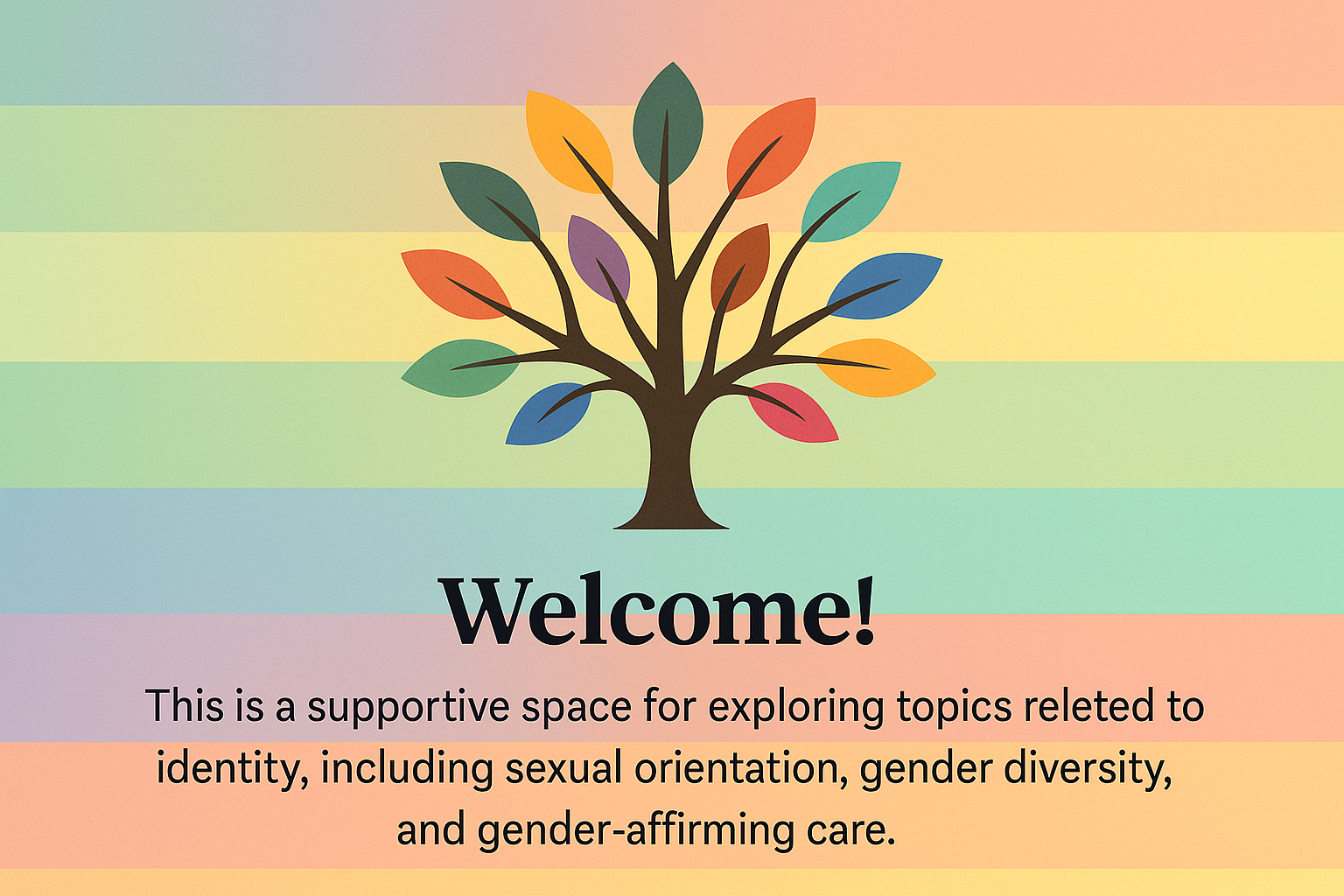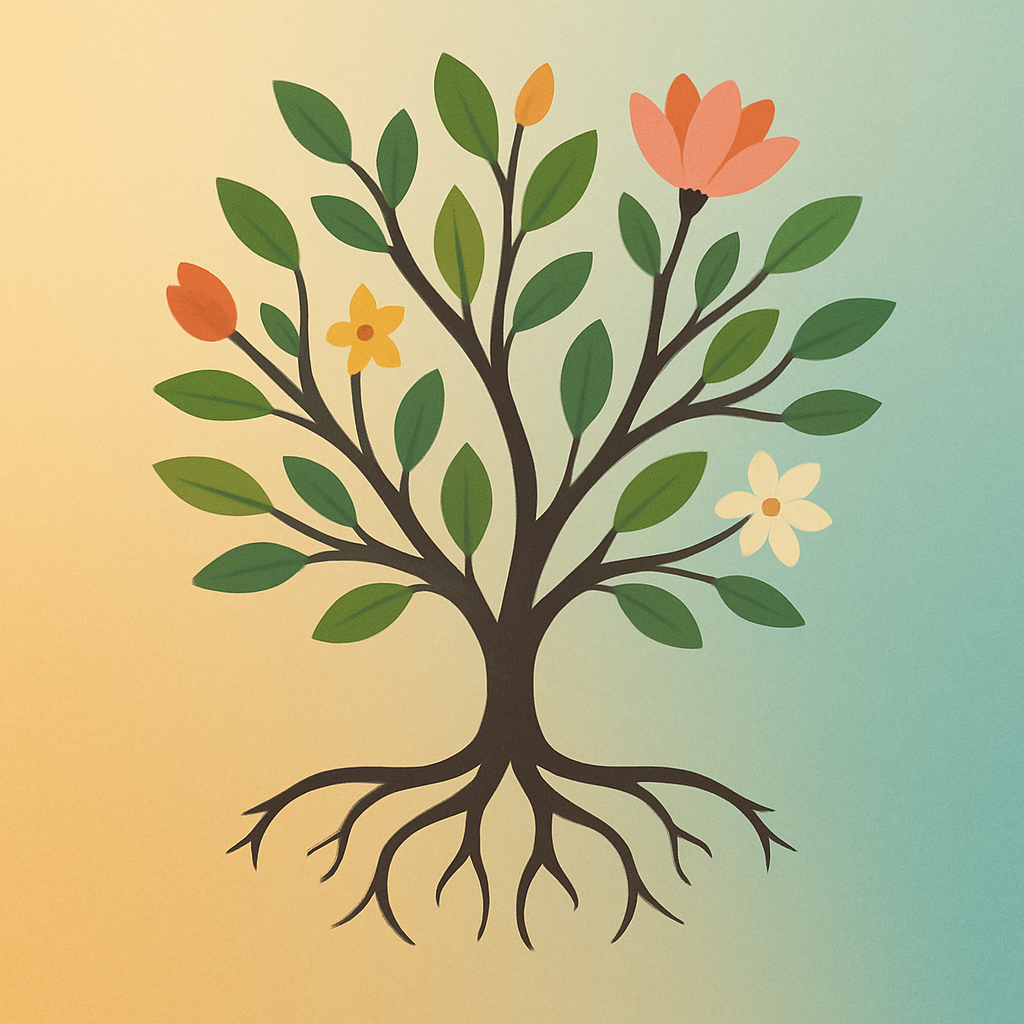
Identity Development Resource Hub
Welcome! Every child deserves a safe place to explore who they are. This page is dedicated to helping parents and caregivers understand the important role of identity development. From race and culture to gender and sexual orientation, we're here to support families in celebrating and guiding their children's sense of self.
Understanding heritage, traditions, and navigating multicultural experiences.
Supporting children in understanding and expressing their authentic selves.
Building self-esteem, understanding strengths, and finding belonging in community.
Children build their sense of self through experiences at home, at school, and in the world around them. Key influences include:
Key Theories That Guide Us
Understanding child development theories helps us support children through their identity journey with compassion and evidence-based approaches.
Erik Erikson's theory shows us that identity develops through specific stages, each with unique challenges and opportunities for growth.
James Marcia identified four identity statuses that help us understand how children and teens navigate identity formation.
This theory helps us understand how children develop a sense of belonging through their membership in various social groups.
Understanding that identities like race, gender, sexuality, and ability overlap and shape each child's unique experiences.
Gender Schema Theory
How children learn about gender roles and develop their understanding of gender through cultural messages and personal experience.
Affirmative Models
Supporting all children in feeling safe and proud of who they are, particularly around gender and sexual orientation development.

A Safe Welcome for All
We proudly include the rainbow on this page as a sign that every family is welcome here. Our commitment is to support all children and all families with compassion, respect, and understanding. Every child deserves to be celebrated for exactly who they are.
If you'd like more personalized guidance on supporting your child's identity development, our team is here to help.
